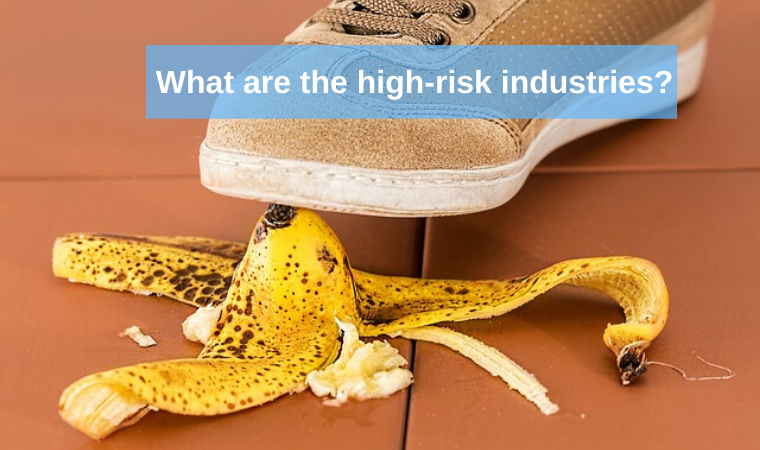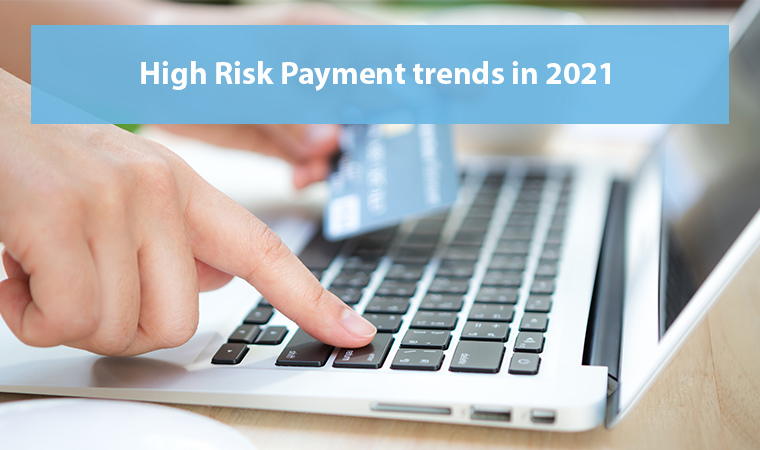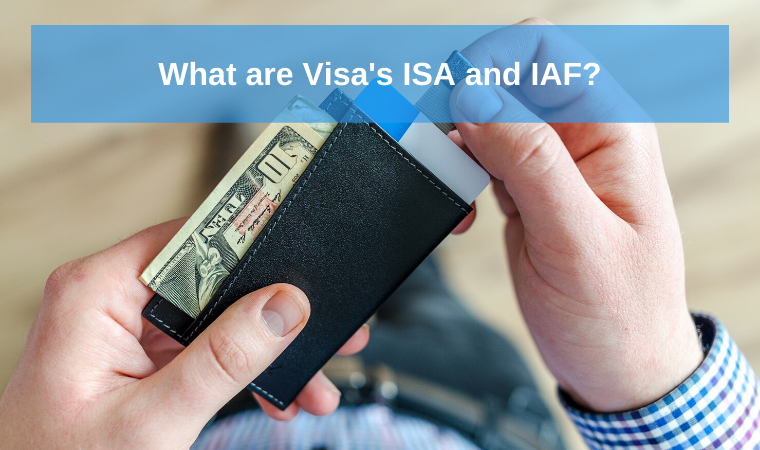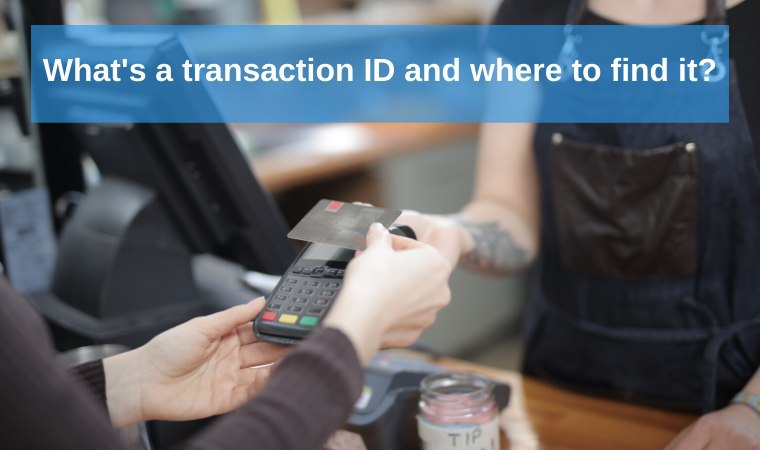What are the high-risk industries?

All sectors of the economy strive to maximize profits. It underlies the development of the global economy.
The profit of enterprises directly depends on the number of sales of goods or services.
All enterprises, in turn, depend on the international banking system, which provides payments worldwide.
All merchants can be divided into three categories: low-risk, medium-risk, and high-risk.
High-risk industries are so because they present more potential problems for all participants in the processing.
Every customer who buys a product or service wants the price to match the quality of the product. In other words, they are interested in receiving the product that they ordered.
The main goal of the merchant is to receive the full amount at the right time, as the buyer promised or did.
The objective of the financial institution is that all parties, both the customer and the seller, receive goods/money in accordance with the agreement. Also, it is not beneficial for the banking system that any of the participants in the transaction dispute the transaction.
Financial institutions always try to stay away from high-risk industries. It is too costly, both in time and money, if the merchant has too many chargebacks.
Almost always, the seller is faced with a fine for every dispute on the chargeback won. The fine can be 20-25$ for each chargeback, but if their ratio is too high, this amount can be 100$ for each. It may be followed by the closure of the merchant account and the inability to accept payment by credit card.
Why chargebacks kill businesses?
Visa and Mastercard set strict limits on the maximum number of return transactions that an online store owner can complete in 1 month. If these restrictions are exceeded, the merchant falls under a particular monitoring program by the payment system and the acquirer bank. To be monitored by Visa and Mastercard, it is sufficient for the merchant to receive more than 2% of chargebacks from the total trade turnover.
If, after falling under surveillance, a merchant does not take measures to reduce the percentage of chargeback transactions, their merchant account will be closed.
How to define a High-Risk industry?
By definition, government and financial institutions refer to high-risk industries as industries that attract a large number of commercial disputes and legal restrictions.
The primary responsibility for conducting high-risk transactions lies with payment providers and other financial institutions. They carefully study company documents and analyze each company.
However, not everything is so clear. The same type of activity in different countries may have a different level of risk.
Your company may be considered as a high-risk due to the following reasons:
- Loss of account since personal credit or financial companies cannot support the sales volume that you are applying for;
- If you provide a recurring payment service;
- You operate in an industry that has a potential high chargeback ratio. Banks consider spending too many resources on managing your account and, ultimately, are forced to disconnect you, regardless of whether you exceed thresholds for chargebacks;
- An account has a “reputation” risk, for example, in the adult industry;
- Your organization is on the blacklist of merchants;
- The company operates with high-volume transactions;
- All Card-Not-Present businesses are also high-risk;
- Startups, due to a poor credit history;
- Geographical restrictions. If you operate in a country with poor internet security or a high level of credit card frauds.
The list of high-risk verticals
- Pharmacy business.
- The organization of leisure.
- Telemarketing and IP-telephony.
- Gambling.
- Electronic cigarettes.
- Dating.
- Adult products.
- Psychologist services.
- Collecting.
- Software business.
- Fortune telling.
- Marketing services
- Web design.
- Hotel reservation, organization of travel agencies, and pawnshops.
- The provision of investment and financial services.
Not always indicated industries could be rated in the high-risk category. It all depends on the individual indicators of the financial activity of an enterprise. Factors such as financial, legal aspects, the possibility of repayment of payments, and the emergence of credit obligations in connection with the sale of certain goods and services, the need to launch advertising campaigns are evaluated.
High-risk merchant account fees
Talking about fees, the harsh truth is that such merchant accounts are more expensive than accounts for enterprises with a low level of risk. There are unavoidable expenses that you will have to face, so you need to prepare to pay more for processing payments and account fees.
But you should know that high commissions for high-risk merchant accounts were set as a standard many years ago, and today you can find payment systems that offer competitive rates tailored for your business.
Today, many high-risk credit card processors have a commission of 5%. It is a reasonable charge.
Some high-risk payment service providers may still charge you installation fees, monthly and annual fees, or even PCI DSS fees, so discuss all the details in advance. Besides, there may be a fee for early termination of the merchant agreement with the payment service provider. Details of the termination fee should be included in the contract, so be sure to read it carefully before signing the agreement.


